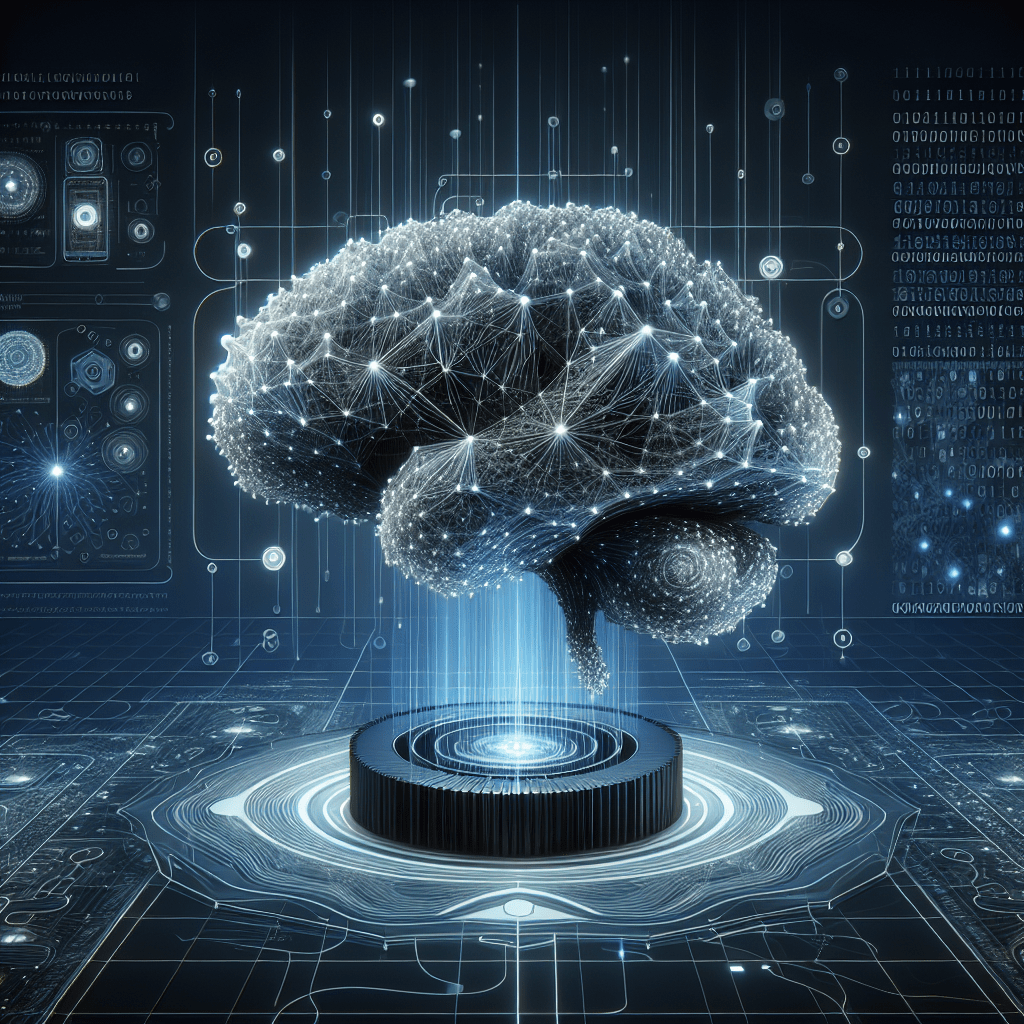Deep learning is a subfield of machine learning that focuses on the development of algorithms that model high-level abstractions in data using neural networks with multiple layers. Over the past decade, deep learning has emerged as a powerful tool for solving complex problems in a wide range of domains, from image and speech recognition to natural language processing and autonomous driving. In this article, we will explore the cutting-edge of deep learning research and its impact on the future of artificial intelligence.
What is Deep Learning?
Deep learning is a type of machine learning that uses artificial neural networks to mimic the way the human brain processes information. These neural networks consist of multiple layers of interconnected nodes, with each node performing a simple mathematical operation. By passing data through the network and adjusting the connections between nodes based on the errors in the predictions, deep learning algorithms can learn to recognize patterns and make accurate predictions.
The Cutting-Edge of Deep Learning Research
Recent advances in deep learning have pushed the boundaries of what is possible with artificial intelligence. One of the most exciting areas of research is the development of generative adversarial networks (GANs), which pit two neural networks against each other in a game of cat and mouse. By training one network to generate realistic data and the other network to discriminate between real and fake data, researchers have been able to create stunningly realistic images, videos, and even text.
Another breakthrough in deep learning research is the development of transformer models, such as OpenAI’s GPT-3 and BERT. These models are able to process and generate natural language at an unprecedented scale, enabling a wide range of applications in conversational AI, machine translation, and text analysis. By using self-attention mechanisms to capture long-range dependencies in text data, transformer models have significantly raised the bar for language understanding and generation tasks.
Applications of Deep Learning
Deep learning has revolutionized many industries and fields, including healthcare, finance, manufacturing, and entertainment. In healthcare, deep learning algorithms have been used to diagnose diseases from medical images, predict patient outcomes, and discover new drugs. In finance, deep learning models are being used for fraud detection, risk assessment, and algorithmic trading. In manufacturing, deep learning is improving quality control, predictive maintenance, and supply chain management. And in entertainment, deep learning is powering recommendation systems, content creation, and virtual reality experiences.
Conclusion
As deep learning research continues to advance, we can expect to see even more exciting applications in the years to come. From autonomous vehicles and smart robots to personalized medicine and intelligent assistants, the potential of deep learning to transform our world is truly limitless. By staying at the forefront of this cutting-edge technology, we can harness the power of deep learning to solve some of the most challenging problems facing society today.
FAQs
What are the main advantages of deep learning?
Deep learning algorithms excel at learning complex patterns and relationships in data, making them ideal for tasks such as image recognition, speech understanding, and language translation. They can also generalize well to new data and perform efficiently on large-scale datasets.
What are the key challenges of deep learning?
Deep learning models require large amounts of labeled data for training, as well as significant computational resources for training and inference. They can also be difficult to interpret and explain, making it challenging to trust their decisions in critical applications.
Quotes
“Deep learning is revolutionizing the way we approach artificial intelligence and machine learning, opening up new possibilities for solving complex problems and improving our lives.” – Dr. Andrew Ng
#Power #Deep #Learning #Exploring #CuttingEdge #Machine #Learning #Research


